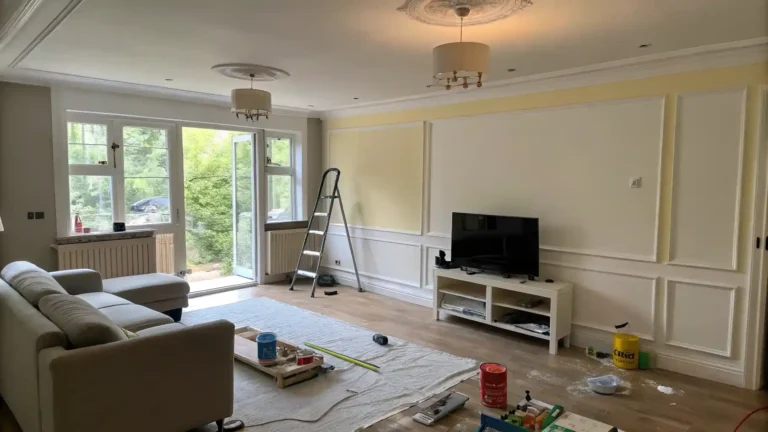There’s something quietly thrilling about a fresh coat of paint — not just the color shift, but the way it redefines a space. But here’s the thing most homeowners eventually bump into: paint doesn’t last forever. And unlike dusty baseboards or an outdated couch, fading walls quietly sneak up on you — until one day, you realize the once-crisp ivory in your hallway now looks… a little jaundiced.
So, how often should you paint your house interior? Well, it’s not a one-size-fits-all answer. It depends on the room, your lifestyle, and how much wear your walls endure. Kitchens don’t age the same way as guest bedrooms. Kids’ rooms? Let’s just say they live a harder life.
In this guide, we’ll walk room-by-room through realistic paint timelines — from the serene master suite to your scuff-riddled mudroom — and offer expert-backed tips to keep your walls looking intentional, not ignored. If you’ve ever wondered whether to repaint or just “let it ride a little longer,” you’re in the right place.
Let’s decode the life expectancy of your walls — and maybe spark a refresh that’s overdue.
Table of Contents
Understanding How Long Interior Paint Really Lasts
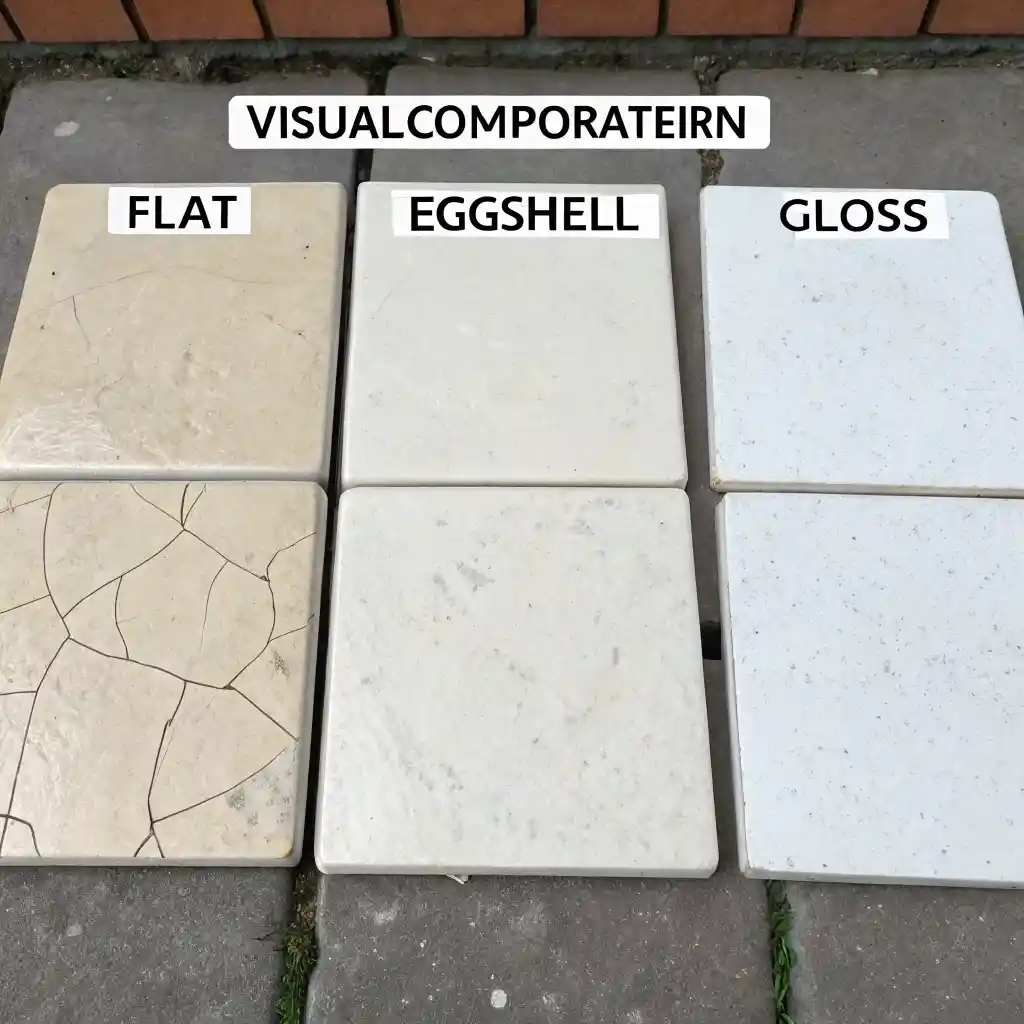
Let’s start with the big-picture truth: interior paint typically lasts anywhere from 3 to 10 years, depending on where it’s applied, how well it was done, and what life throws at it. And while that range sounds vague, it actually makes sense once you break it down.
The Factors That Quietly Erode Your Paint Job
First off, paint doesn’t just “wear out” — it’s slowly worn down. Every fingerprint, steamy shower, or moved piece of furniture adds micro‑damage. High-traffic areas like hallways or kitchens might need freshening up every few years, while quieter spaces (like guest bedrooms) can go nearly a decade without showing age.
There are a few culprits that fast-track the aging process:
- Humidity: Bathrooms and laundry rooms suffer most — peeling or bubbling is usually a humidity issue, not just poor paint.
- Low-quality paint or no primer: Bargain paints might save you upfront but often degrade faster and don’t resist scuffs or fading well.
- Sunlight: UV exposure fades color and weakens finish, especially in rooms with large, unshaded windows.
- Lifestyle: Kids, pets, or furniture-heavy rooms all wear harder on paint than more minimal, adult-only spaces.
Expert Benchmark: General Paint Lifespans by Type
Here’s a rough benchmark based on both manufacturer data and real-world usage:
| Paint Type | Typical Lifespan |
| Flat / Matte Finish | 3–5 years (scuffs easily) |
| Eggshell / Satin | 5–7 years (durable for moderate use) |
| Semi-Gloss / Gloss | 7–10 years (best for high-traffic zones) |
👉 Most interior paint will hold up for 5–7 years if properly applied, but some spaces or finishes age faster — especially without proper prep or care.
What if My Walls Still Look Fine?
That’s a fair question. If they look good, why change them?
Here’s the catch: walls can degrade without obvious signs. Microscopic chalking, fading, or even unseen mildew behind the surface can compromise paint integrity. Plus, styles shift — and even a clean wall can feel emotionally stale if the color no longer fits your life.
FAQ – What affects interior paint longevity the most?
Q: What has the biggest impact on how long my interior paint lasts?
A: The biggest factors are the room’s traffic level, exposure to moisture or sunlight, paint quality, surface preparation, and lifestyle habits (kids, pets, etc.). Proper prep, primer use, and high-end paints can easily add 2–3 years to your repaint cycle.
Room-by-Room Recommendations: When to Repaint Each Space
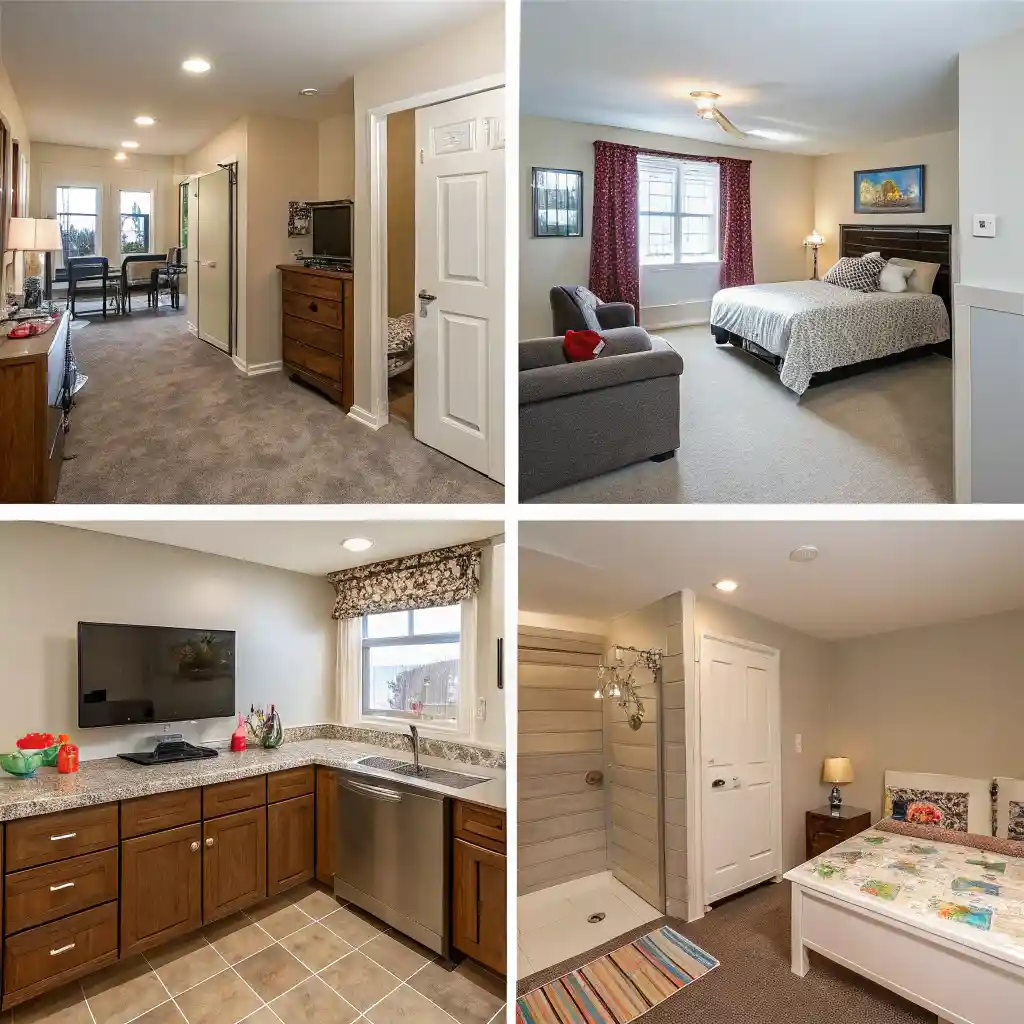
Let’s be honest — no one wakes up and says, “I’m going to repaint every room today.” Repainting usually comes in waves, often triggered by a scuffed wall here, a redecorating impulse there. That’s why it helps to know which rooms typically need attention sooner — and which can comfortably wait.
Below, you’ll find realistic repaint timelines based on room function, wear level, and environmental exposure. Think of it as your home’s silent maintenance calendar.
🛋️ Living & Dining Rooms: Every 5–7 Years
These social spaces usually age well — unless you’re hosting large families or energetic pets. With proper cleaning and decent paint, living and dining walls often stay sharp for up to 7 years. That said, if your living room doubles as a playroom or sees lots of daily wear, aim closer to the 5-year mark.
Pro tip: Use eggshell or satin finishes for a balance of elegance and durability.
🍳 Kitchens: Every 3–4 Years
Between cooking grease, steam, and the occasional spaghetti-sauce disaster, kitchens take a beating. Even if you don’t see stains, microscopic buildup dulls vibrancy over time. Semi-gloss finishes make wiping easier, but repainting every 3–4 years keeps your kitchen feeling clean and current.
Bonus consideration: If you change cabinet hardware or lighting, your wall colors might look “off” and warrant a refresh.
🛁 Bathrooms: Every 3–4 Years
Humidity is public enemy number one here. Without proper ventilation, paint in bathrooms peels, bubbles, or develops mildew spots. That’s true even with mildew-resistant formulas. Don’t wait for visible signs — make 3–4 years your rule of thumb.
🚪 Hallways, Entryways & Trim: Every 2–3 Years
High-touch, high-traffic areas like hallways or stairwells wear out fast. Think fingerprints, backpacks, shoe scuffs, pet noses. And let’s not even talk about baseboards. These zones often need touch-ups — or full repaints — every 2–3 years to stay crisp.
Pro tip: Use semi-gloss for trim. It holds up better and wipes clean easily.
🛏️ Bedrooms:
- Adult Bedrooms: Every 7–10 Years
Adults don’t typically crash into their own walls (we hope), so paint tends to last longer. You can stretch it to a decade with decent airflow and a good finish. - Kids’ Bedrooms: Every 2–4 Years
Markers, mystery stains, furniture rearrangements… kids’ walls tell stories. Keep a few extra cans on hand — you’ll use them.
🌫️ Ceilings: Every 10 Years
Unless you smoke indoors or have a fireplace issue, ceilings are relatively low-maintenance. A fresh coat every decade helps hide dust build-up and subtle discoloration.
FAQ – Can I paint rooms on different schedules?
Q: Do I need to repaint the entire house at once?
A: Not at all. Most homeowners tackle one or two rooms at a time based on need, budget, or design plans. In fact, staggered repainting helps you stay on top of maintenance without feeling overwhelmed or overspent.
Signs It’s Time to Refresh — Beyond the Calendar
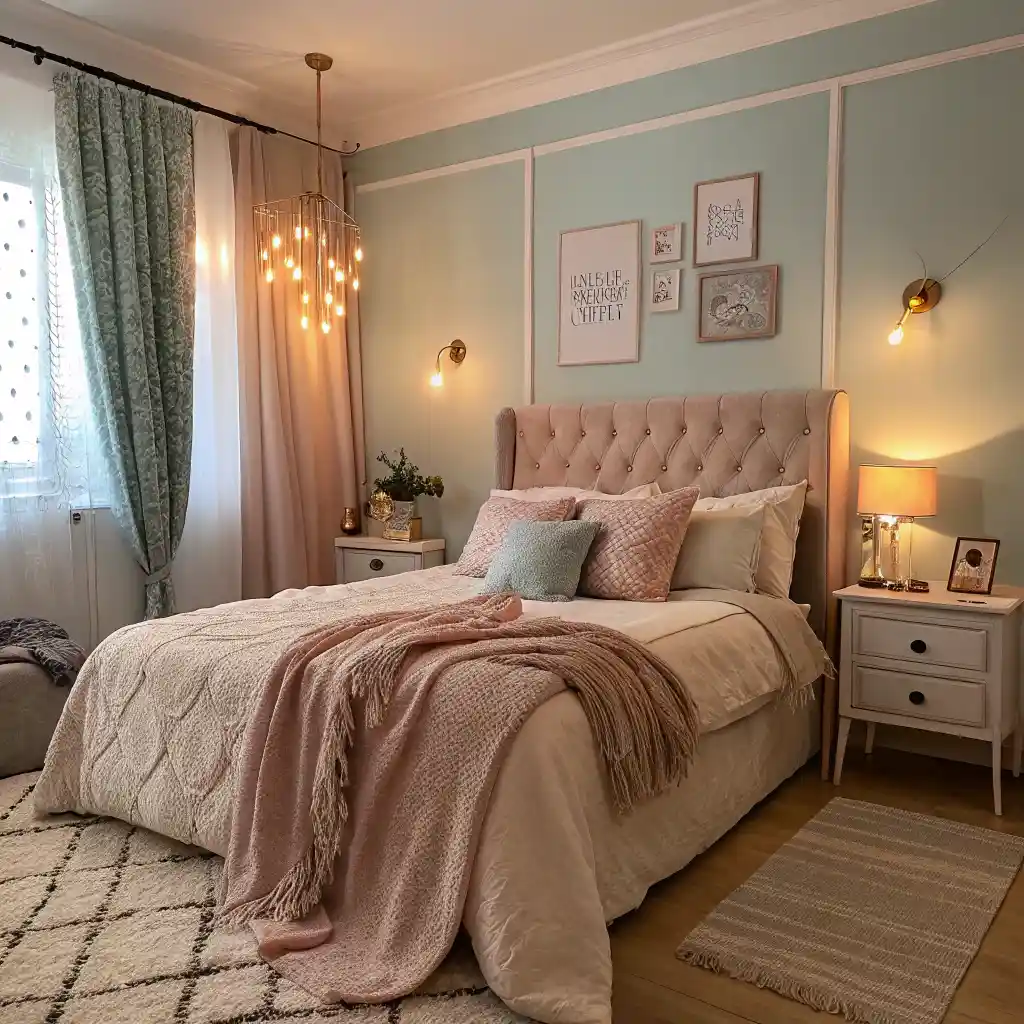
Repainting isn’t just about marking years on a calendar. Sometimes, your walls speak before the clock does. They might not scream, but they whisper — in dull finishes, sneaky discoloration, or that nagging sense that something feels… tired.
Let’s walk through the not-so-obvious indicators that it might be time for a fresh coat.
1. The Color Just Feels Off
You know that moment when you glance at your walls and think, “Did this color always feel this gloomy?” That shift in emotional response is a legit signal. Maybe your tastes have evolved. Maybe the lighting changed. Or maybe you’re simply ready for something that matches where you are now — not where you were five years ago.
Emotional repainting is real. Our homes reflect our headspace — and when life moves, our interiors often need to catch up.
2. Scuffs, Scratches, and Mystery Marks
Hallways, baseboards, and corners are particularly honest. If you’re rearranging furniture and keep discovering nicks or if Magic Erasers aren’t doing the trick anymore, it’s time. Paint isn’t armor — it’s fabric. Eventually, it wears thin.
Bonus clue: If your trim is more gray than white (and it didn’t start that way), that’s not a lighting issue — it’s grime and oxidation.
3. Peeling, Bubbling, or Cracking
These aren’t just cosmetic annoyances. They’re warnings. Peeling paint in a bathroom? That’s likely trapped moisture. Bubbling on a ceiling? Possibly poor prep — or worse, water damage. Cracks on older plaster walls could even hint at shifting foundations.
Don’t repaint over problems. Investigate the “why” before applying fresh color.
4. Fading and Chalky Finish
Run your hand over a sun-drenched wall. If it leaves powder on your palm, that’s chalking — a sign your paint is breaking down from UV exposure. Fading color isn’t just aesthetic; it means your wall is no longer protected.
H3: FAQ – What are subtle signs my walls need repainting?
Q: I’m not seeing damage, but the room feels dull. Is that enough reason to repaint?
A: Absolutely. Even without cracks or stains, a room can “age” visually. Lighting changes, furniture updates, or style shifts can make an old color feel out of place. Trust your gut — if the space no longer lifts your mood or matches your style, a fresh coat might be the reset you didn’t know you needed.
Extend Paint Life Like a Pro
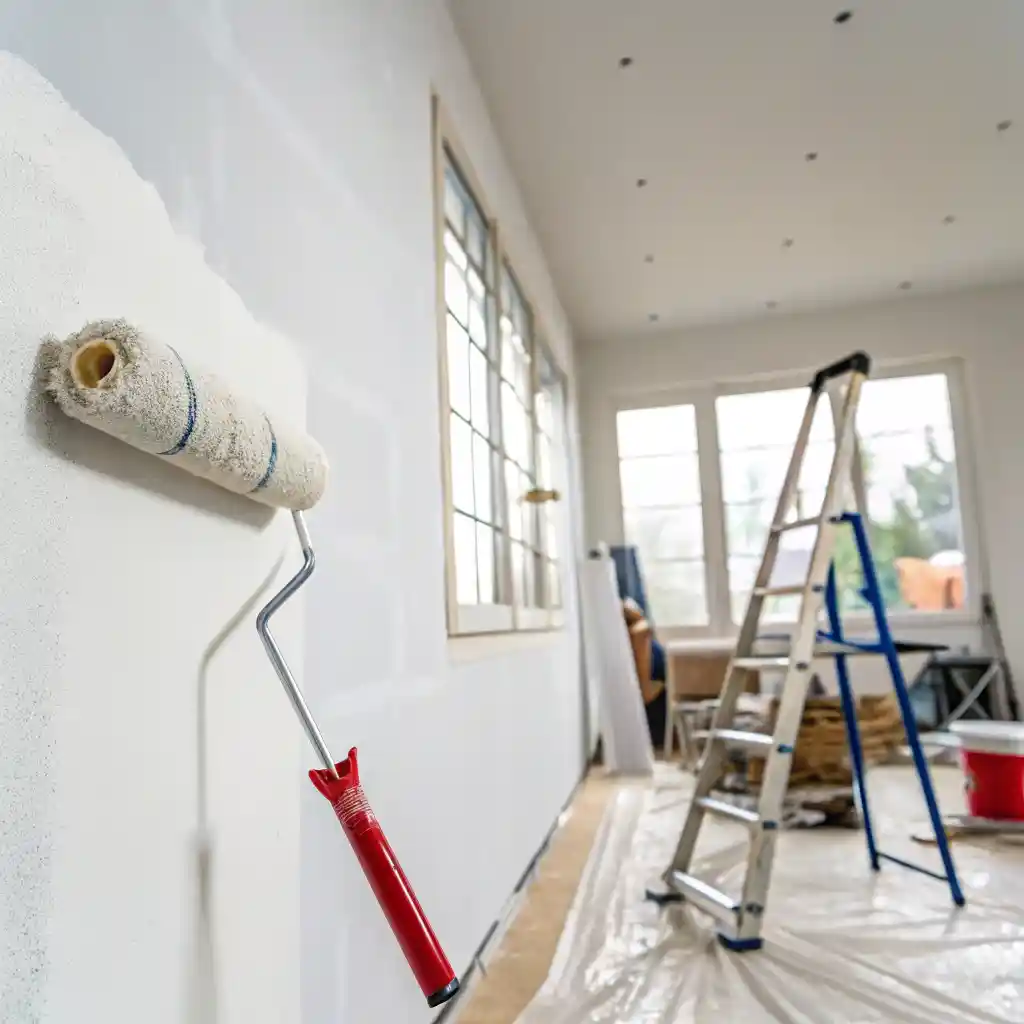
A great paint job isn’t just about the color you pick — it’s about how long that color stays fresh. And while paint will eventually wear out, there’s a big difference between walls that fade gracefully and ones that start to look haunted after two years.
The good news? You can stretch the lifespan of your interior paint — sometimes by several years — with a few smart habits and better prep choices.
1. Quality Paint Matters More Than You Think
Tempted by that budget bucket from the clearance aisle? Resist. High-quality paints offer better pigments, smoother finishes, and superior resistance to stains, humidity, and fading. You might pay more upfront, but they often last 2–3 years longer — which saves you both money and effort down the line.
Look for:
- Low-VOC or no-VOC formulas for healthier air
- Washable finishes (especially in kitchens, kids’ rooms, and hallways)
- Mold-resistant paint for humid areas like bathrooms
2. Primer Isn’t Optional
Skipping primer is like skipping base coat in nail polish — it works… until it doesn’t. Primers seal porous surfaces, help paint adhere evenly, and dramatically boost durability. If you’re painting over a dark color or patchy drywall, it’s non-negotiable.
Pro tip: Some premium paints are self-priming — but only on smooth, already-painted surfaces. For anything else, a separate primer layer is safer.
3. Don’t Skip the Surface Prep
Before you open a single paint can, the wall needs to be clean, dry, and smooth. That means:
- Filling nail holes or dents
- Sanding rough patches
- Wiping off dust, grease, and fingerprints
Think of it like painting on skin: you’d clean your face before applying makeup, right?
4. Use the Right Finish for the Right Room
Paint finish matters — a lot. Choosing the right one means fewer repaint cycles:
| Room Type | Ideal Finish |
| Kitchen/Bath | Semi-gloss (wipeable, resists moisture) |
| Living Room | Eggshell or satin (balance of softness and durability) |
| Hallways/Trim | Semi-gloss or gloss (easy to clean) |
| Bedrooms | Matte or eggshell (calming, lower traffic) |
FAQ – How can I make my interior paint last longer?
Q: What’s the #1 thing that helps paint last?
A: Quality prep. Even expensive paint won’t last long if applied over dusty, uneven, or damp walls. Combine proper surface cleaning, priming, and the right finish, and you’ll get better color retention, less peeling, and longer intervals between repaints — often by 2–4 years.
Emotional & Design Considerations: When a New Color Isn’t the Real Fix
Let’s pause for a second. This guide’s been full of timelines, finishes, and technical advice — but painting your interior isn’t just about maintenance. It’s personal. Emotional. Sometimes even symbolic.
So before you dip that roller, let’s talk about why you’re thinking about repainting — and whether color is the answer, or just a stand-in for something else.
When You’re Craving Change… But Not Chaos
There’s a real temptation to repaint every time life shifts: new job, breakup, fresh start, restless energy. And yeah — paint can feel like a clean slate. But it’s worth asking: is a total repaint going to satisfy that itch, or just delay it?
Designers often warn about “trend fatigue.” Chasing every color-of-the-year can leave your home feeling unsettled — like it never quite finishes becoming itself.
Design isn’t fast fashion. Some rooms need to marinate a little. Repainting too often can rob your space of that rooted, lived-in warmth.
Using Paint for Mood, Not Just Maintenance
That said, the psychology of color is real. Warm neutrals can feel grounding. Soft blues can breathe calm into chaotic days. The right accent wall can shift how a room feels without overhauling your entire palette.
Not every update requires four gallons and a weekend of chaos:
- Try a single accent wall for emotional reset
- Paint just the trim or ceiling for subtle transformation
- Use lighting and textiles to complement or shift existing colors
Sometimes, the feeling you’re chasing doesn’t need a color change — just a reframe.
FAQ – Is it okay to repaint just because I’m “over” the color?
Q: I’m not seeing damage… I’m just bored. Is that a valid reason to repaint?
A: 100% yes — but check your motive. If the color no longer reflects who you are or how you want the space to feel, repainting can be deeply rewarding. Just make sure it’s not a reaction to temporary restlessness. A new rug, lamp, or art piece might scratch the same itch with less effort (and cost).
Real Homeowner Voices: What People Actually Do (and Regret)

Sometimes, the best painting advice doesn’t come from pros — it comes from people in the trenches. Those who’ve repainted their kitchen three times in six years. Or those who waited too long and lived with yellowing walls for a decade. Here’s what real homeowners are saying online — unfiltered, honest, and often surprising.
“I Didn’t Realize How Dingy It Had Gotten Until I Repainted.”
“I thought my hallway was just fine… until we repainted it. The difference was shocking — it made the whole house feel brighter. Now I walk past that wall and actually notice it, in a good way.”
— Reddit user, r/HomeImprovement
This is a common thread. Over time, we adapt to slow fade and gradual grime. It becomes background noise — until fresh paint reminds us what “clean” actually looks like.
“Kids + White Paint = Pain”
“We painted our son’s room white because it felt modern. Big mistake. Crayon art, handprints, toy dings — we repainted it a warm beige two years later and never looked back.”
— Homeowner comment, Houzz forum
Choosing the wrong finish or color for your lifestyle is one of the top regrets. Real life rarely behaves like a showroom.
“I Repainted for a Mood Shift — It Worked”
“After a rough year, I repainted my bedroom this soft lavender-gray. It sounds cheesy, but it helped me sleep better. It just… softened the space. Made it feel like mine again.”
— Anonymous post, Apartment Therapy comment thread
Here’s the emotional layer many painting guides miss: sometimes repainting isn’t about aesthetics — it’s about taking back ownership of your space.
FAQ – How do real people decide when to repaint?
Q: Do most people repaint on a schedule, or just when they feel like it?
A: It’s rarely about strict timelines. Most homeowners repaint based on emotional cues (boredom, fresh start), visible wear (scuffs, yellowing), or life transitions (kids, selling the home). While
Frequently Asked Questions About Repainting Your Interior
When should you repaint? How do you stretch time between cycles? What if you’re just done with the color you picked two years ago? Let’s cut through the hesitation with quick, real-talk answers to the most Googled (and grumbled-about) repainting questions.
How long does interior paint really last?
On average, interior paint holds up for 5–7 years in well-maintained, moderate-use spaces. High-traffic zones (hallways, kitchens, kids’ rooms) may need repainting every 2–4 years, while adult bedrooms or ceilings can go up to 10. The quality of paint, prep, finish, and lifestyle all influence the timeline.
Is it better to repaint the whole house at once or room by room?
Most people do it room by room — partly for budget, partly for sanity. Tackle high-traffic or visibly worn areas first. Grouping similar zones (e.g., bedrooms or trim work) can save time and effort without the overwhelm of a full-house project.
When is the best time of year to repaint indoors?
Anytime is fine indoors, but dry, mild weather is best — think spring or early fall. You want enough ventilation to avoid humidity buildup, but not so cold that drying slows down. Avoid winter if your home tends to trap moisture.
Should I touch up or fully repaint?
Spot touch-ups work well for small dings, especially on matte or eggshell finishes. But if the color has faded unevenly or you’re seeing texture mismatch, a full repaint gives better long-term results. If you’re constantly touching up, it’s probably time to repaint.
Which paint finishes are most durable?
For durability:
Semi-gloss → Best for bathrooms, kitchens, and trim (easy to clean)
Satin/Eggshell → Ideal for living rooms and hallways (moderate durability + soft look)
Flat/Matte → Great for low-traffic, low-touch areas like ceilings or adult bedrooms
it’s good to know the “ideal” intervals, most people go by feel — and that’s totally valid.
Conclusion: A Fresh Coat, A Fresh Perspective
If you’ve made it this far, you’re probably somewhere between “Maybe I should repaint” and “How have I lived with these walls this long?” Either way, here’s the takeaway: repainting isn’t just maintenance — it’s care. For your home, for your mood, and for the version of life you’re living now.
Yes, there are guidelines: kitchens every 3–4 years, bedrooms every 7–10, hallways every time life bumps into them. But beyond the timelines and finishes, there’s something deeper — a sense of noticing your space again. Of choosing not to settle for walls that fade into the background.
So whether you’re fixing scuffs or chasing a feeling, your next repaint doesn’t have to be perfect. It just has to be intentional. Start with one room. See how it changes not just the space — but how you feel in it.

